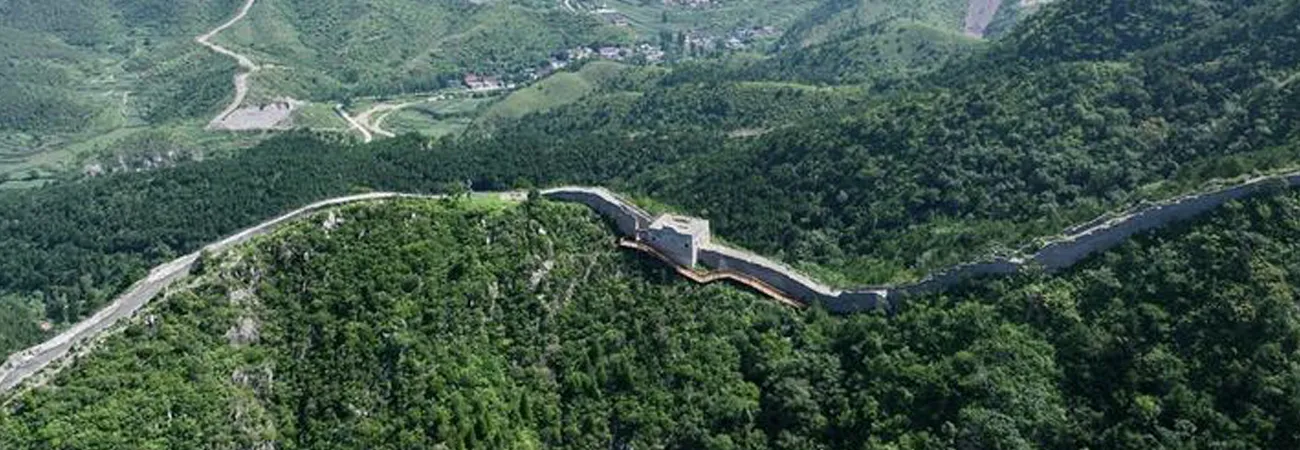XINHUA-PAKISTAN SERVICE
LANZHOU, Aug. 24 (Xinhua) -- After over three year hard work, China Lanzhou University and University of Peshawar in Pakistan have successfully built a lidar station in this August. Located in University of Peshawar and designed for accurate forecasting of extreme weather events, the station aims at collecting basic data about air pollution, dust aerosol, and meteorological factors.
Lanzhou University has taken the lead in establishing a ground-based integrated observation network, which is based on self-developed multi-wavelength Raman-polarization lidar and other observation methods such as microwave radiometer, in northwest China, for conducting long-term continuous observation studies on atmospheric clouds and aerosols.
Researchers from Lanzhou University started to construct the Belt and Road Lidar Network in 2018. The network is to carry out continuous climate observation including atmospheric clouds, aerosols, temperature, humidity and moisture and conduct in-depth studies on climate change, air pollution, sandstorms and extreme weather. With these valuable
information and research, the early warning of extreme weather could be provided more reliably.
According to Huang Zhongwei, professor with Lanzhou University, the university had collaboration in different fields in scientific research and personnel training with University of Peshawar in recent years. The station in Peshawar will greatly improve the current situation of the lack of observational data such as air pollutants, dust aerosols in the areas along the China- Pakistan Economic Corridor.
Both sides started construction of the station under the framework of the Belt and Road Lidar Network in 2018, and made a decision on the site location in 2020. Last year, important equipment and instruments including Raman- polarization lidar and sun photometer successively transported to University of Peshawar.
Despite the COVID-19 outbreak, researchers from Lanzhou University visited University of Peshawar from July 25 to August 6, aimed to help install, adjust and test equipment. Finally, the station was announced to be completed and started formal operation.
Li wuren, engineer with Lanzhou University, said that they not only tested equipment, but also trained University of Peshawar technicians for standard operation, routine maintenance, data collection and analysis. As of now, the equipment and instruments worked well. "We provided instruments and equipment while University of Peshawar is responsible for location, electricity supply and equipment maintenance. The data observed can be shared in the Belt and Road Lidar Network.
According to Dr. Khan Alam, associate professor at the Department of Physics, University of Peshawar, the high tech instruments installed in Peshawar will help in assessment and mitigation of air quality issues in the region. He further said that the data of these instruments will be helpful to estimate theimpacts on air quality, human health and climate change. It is believed to be a very advanced and integrated station with regards to climate and environment studies in Pakistan. The Raman-polarization lidar developed and installed by us is also its first kind of lidar in Pakistan," added Huang Zhongwei.
The team of the Belt and Road Lidar Network from Lanzhou University have already constructed eight stations in cities and counties along the ancient Silk Road such as Lanzhou, Zhangye, Dunhuang and Ruoqiang in northwest China Gansu Province and Xinjiang Uygur Autonomous Region as well as one newly-
built in Peshawar abroad.
Based on the lidar network, integrating with various advanced satellites such as Fengyun satellites, a series of remote-sensing meteorological satellites developed by China, Chinese researchers with their counterparts could establish a regional and stereo monitoring system so as to form a high-quality database
on observations.
Thus, a forecast and early warning system with high precision and high resolution for weather disasters will be developed, helping researchers support major frontier scientific issues on climate change, prevention and reduction of natural disasters, and new energy development along the Belt and Road. Enditem





